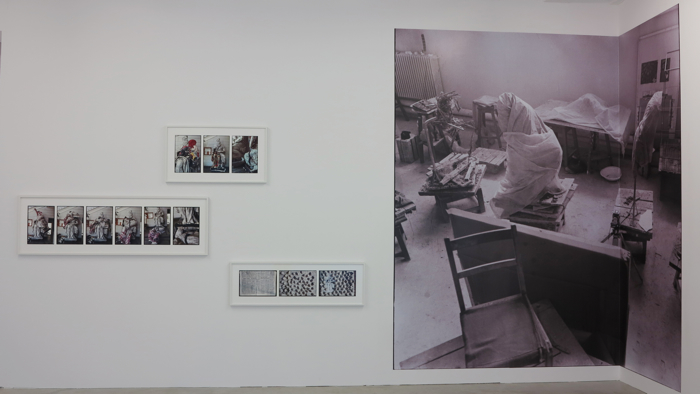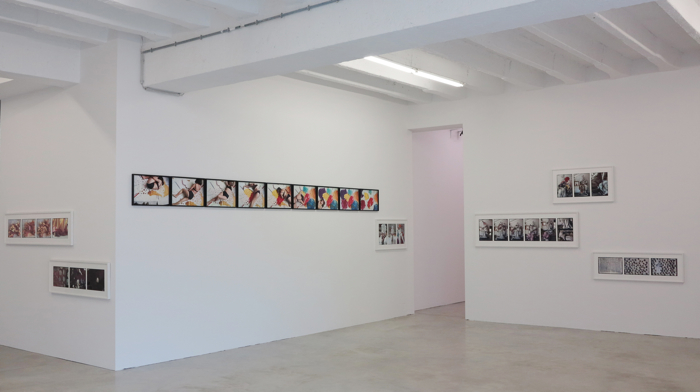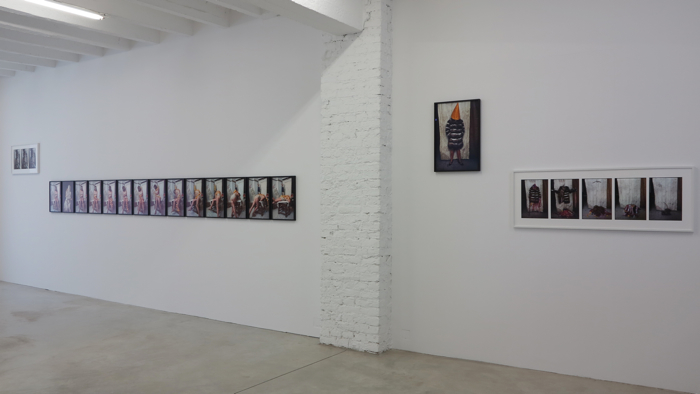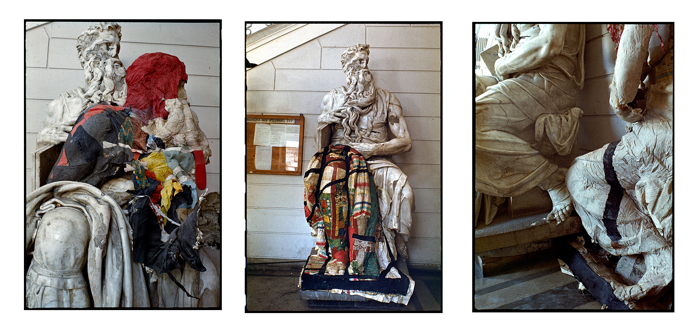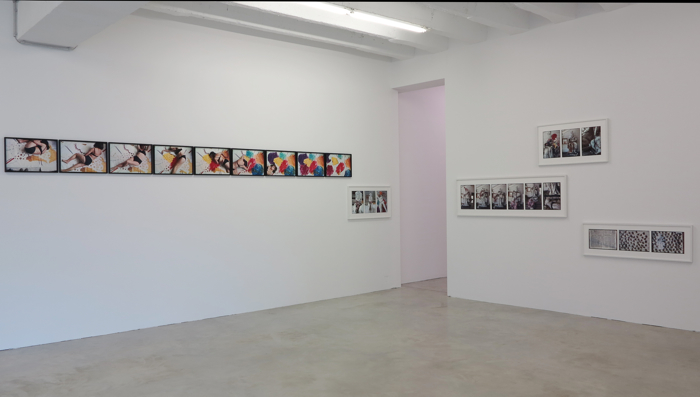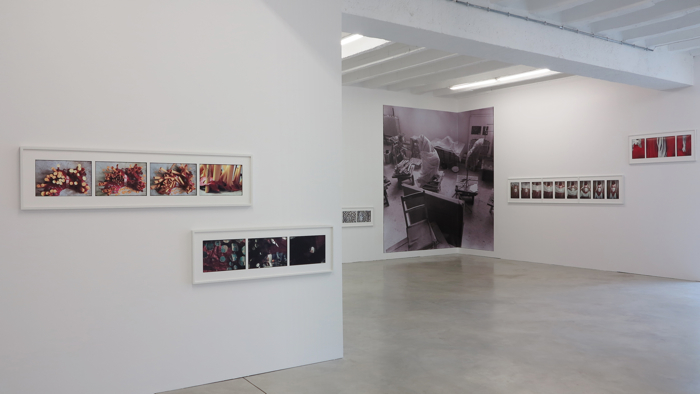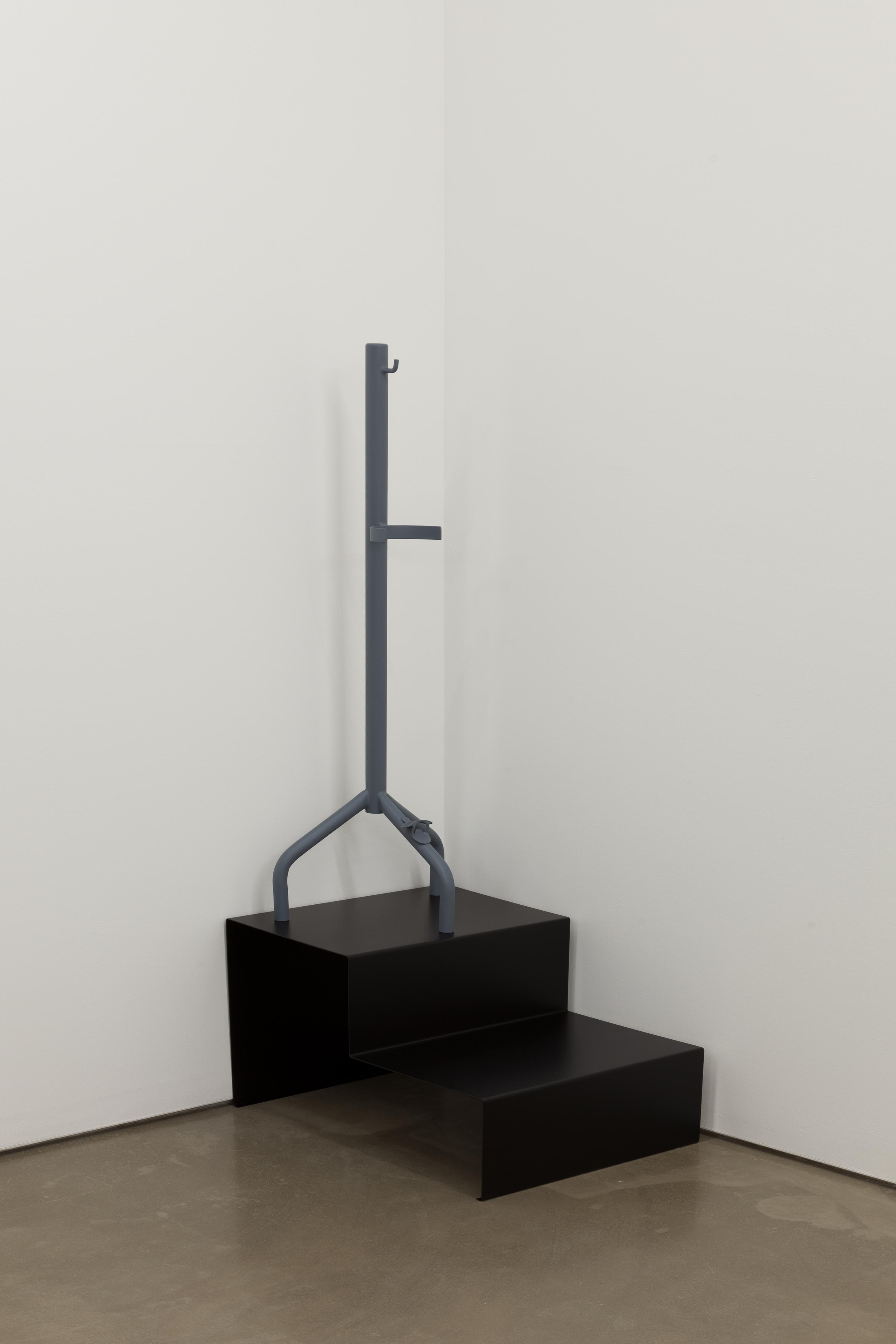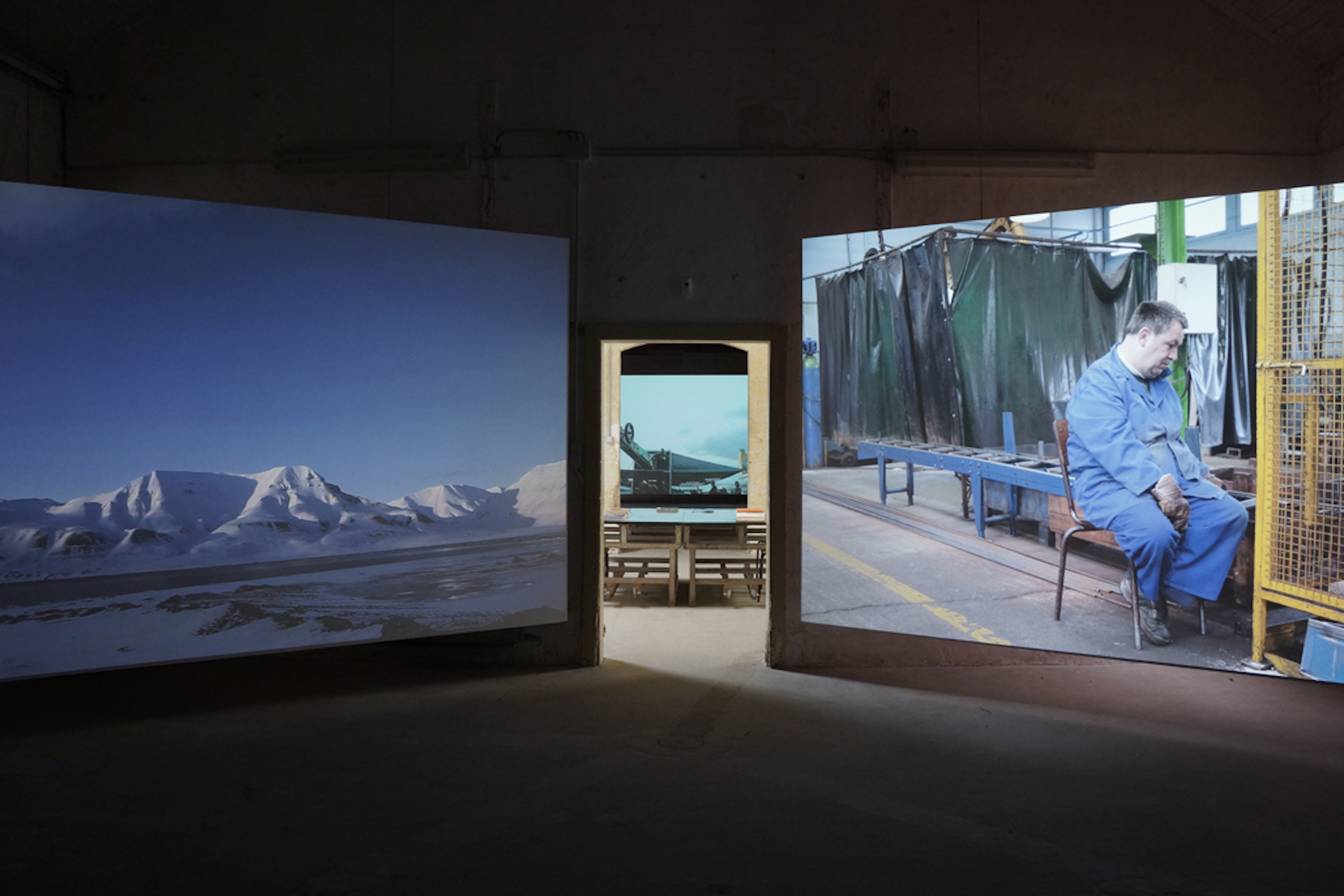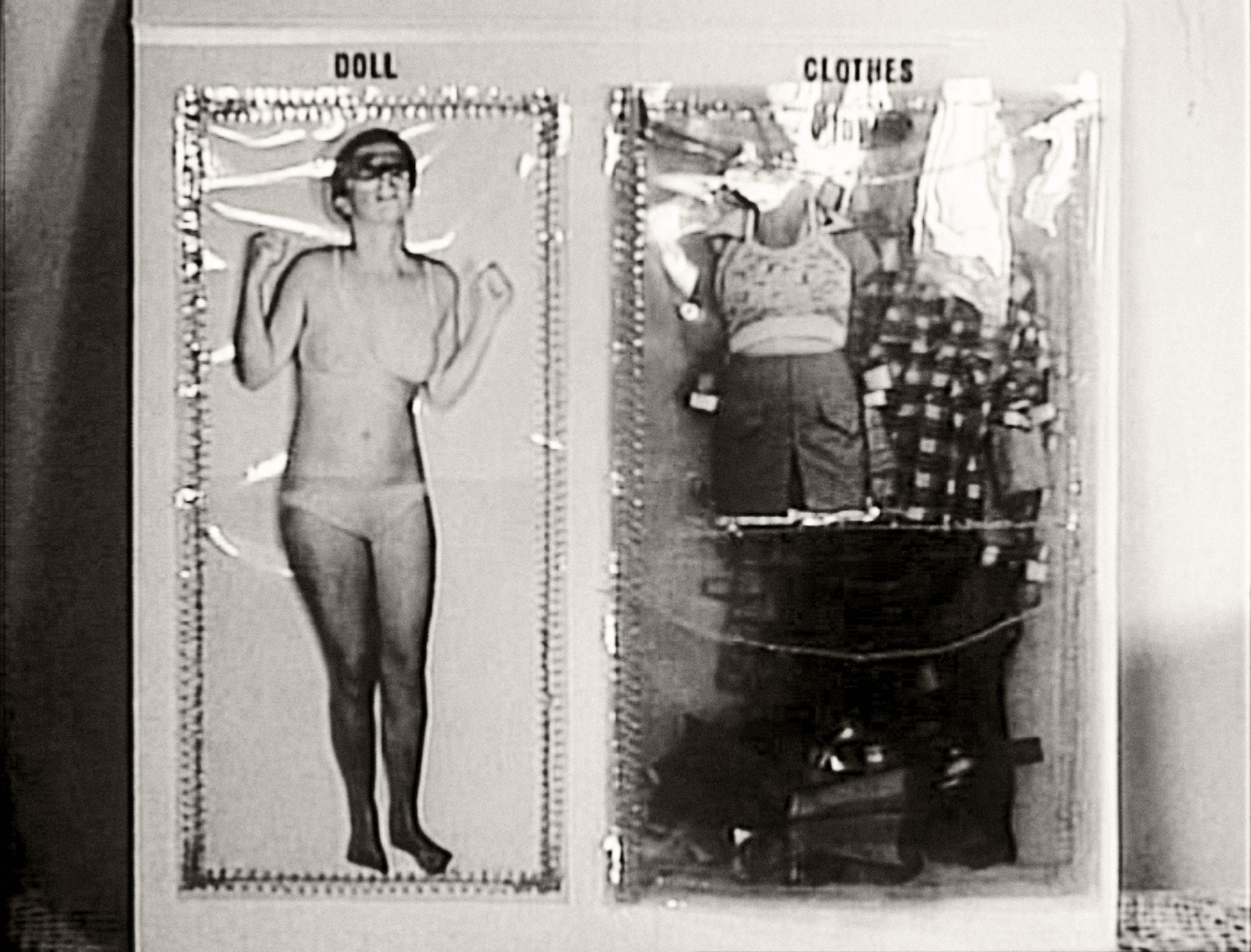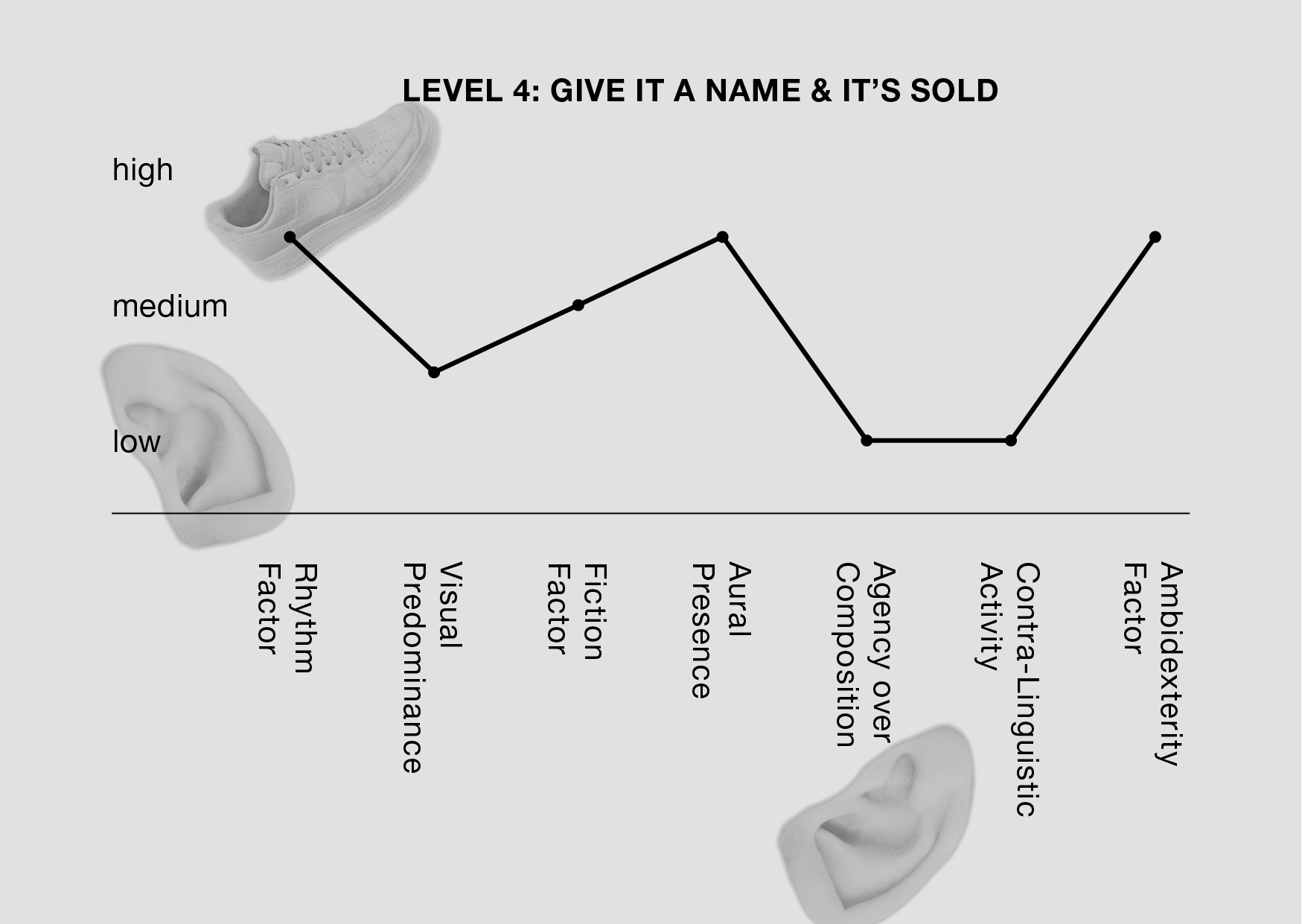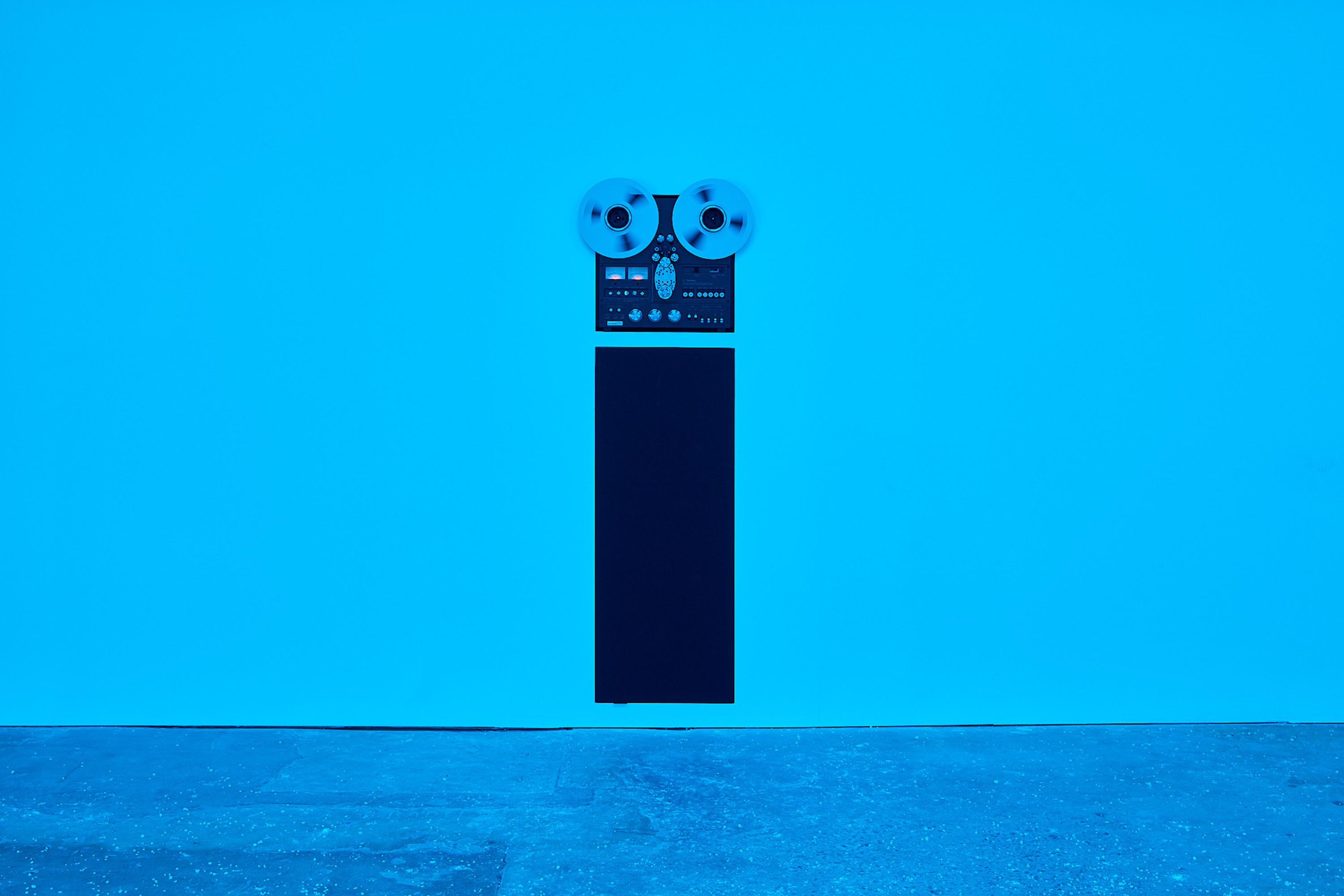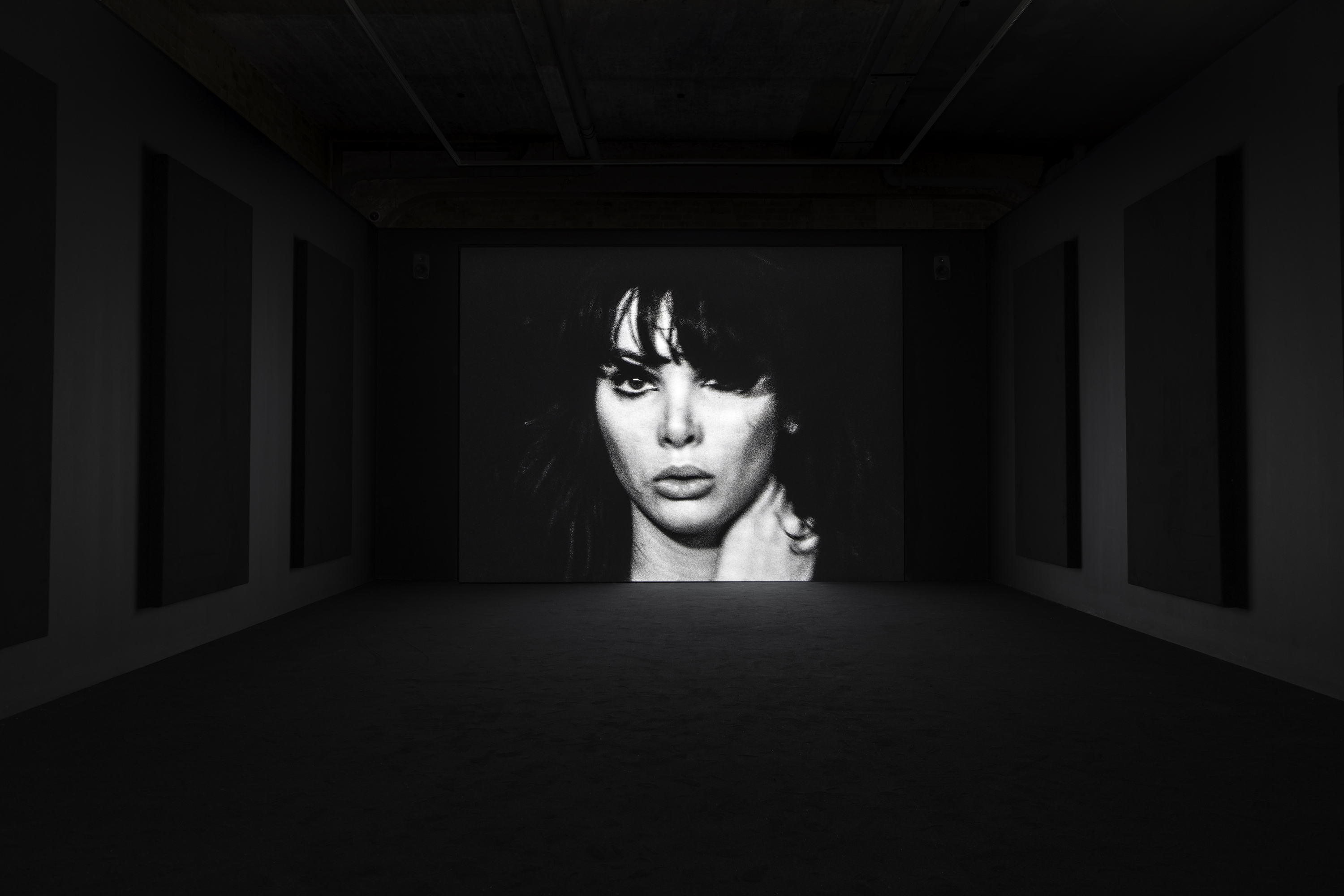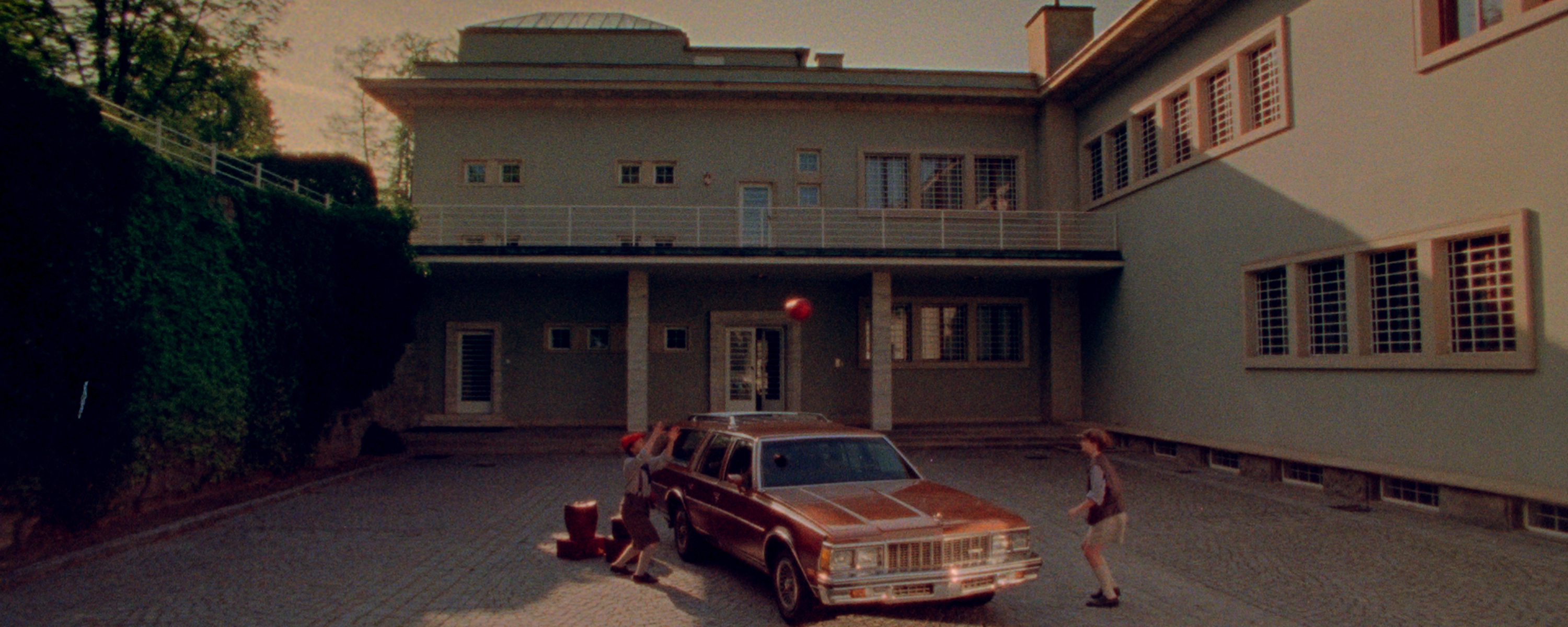May 2–September 13, 2014
The resuscitation of older female artists’ careers has become so prevalent in recent years that it could now be seen as a trend. Take Etel Adnan (b. 1925), Judith Bernstein (b. 1942), Dorothy Iannone (b.1933), and Maria Lassnig (1919-2014), for example. And yet, we all know how the art world reacts to trends: it hops on board for about 30 months, then eventually disgruntled murmurs start rippling throughout Kaffeeklatches and drunken confessionals. The unusual thing about this trend is that the renewed—or completely new—attention being paid to long-accomplished female artists is almost entirely justified. It could even be thought of as a necessary historical corrective to the systematic elision of female voices from most art-historical narratives. (And it’s another question entirely if there’s a market-based impetus to uncover troves of available works.) However, it’s worth mentioning such a trend, even though doing so potentially conflates the work of these incredibly diverse and deserving artists under a single “New/Old Female Artist” heading.
Enter the incredibly forward-thinking and idiosyncratic work of Polish artist Zofia Kulik (b. 1947), who is currently the subject of a monographic exhibition at Berlin’s ŻAK | BRANICKA. Until now, Kulik has primarily been known for her collaborative work with fellow Polish artist Przemysław Kwiek (b. 1947) from 1971–87—under the moniker KwieKulik—as well as for her large, monochromatic photomontages she created as a solo artist after their partnership dissolved. Kulik has received a considerable amount of international attention for her later work; she represented Poland at the 47th Venice Biennale in 1997 and participated in Documenta 12 in 2007. However, this exhibition, “Instead of Sculpture – Sequences 1968–71,” convenes a series of works Kulik made before her collaboration with Kwiek began, when she attended the Warsaw Academy of Fine Art. There, she studied under famed professors Oskar Hansen and Jerzy Jarnuszkiewicz. Known for his “Open Form” theories, Hansen attempted to redress the rigid ideologies and architectures of postwar Poland by sculpting social space through art, architecture, and communal activity. Since Kwiek had also studied at the academy (and met Kulik there), “Open Form” influenced both Kulik’s early solo work as well as that of KwieKulik.
ŻAK | BRANICKA showcases a selection of Kulik’s “Sequences” series (all works 1968–71), a group of serialized photographic works that have never before been exhibited nor printed. Avowedly, the artist does not characterize these chronologically ordered images as the photographic documentation of sculpture, but instead stages them as narrative tableaux. In the five images comprising Instead of Sculpture: Lady Halinas Headstand, we see a middle-aged, female model donning a bathing suit and sunglasses; in front of a sculpture studio, she lifts her feet above her head with her feet lilting downward, until she is lying supine on the floor. In Instead of Sculpture Copying Moses (3 stages), we see a cheap paper and newspaper replica of Michelangelo’s Moses (c. 1513–15) being cast in papier-mâché; in a jarring juxtaposition, the last image depicts the cast removed and displayed beside the “original” copy. In Instead of Sculpture: Moses and a Newspaper (3 stages), Kulik first photographs a sheet of newspaper, then in the next image, covers another sheet in cones that are themselves made out of newspaper. In the final image, these cones partially obscure yet another sheet, its left half depicting a two-dimensional reproduction of Moses. Abounding with visual wit reminiscent of the work of Marcel Broodthaers, this construction plays with the unlikely functional similarities of sculpture and newspaper. For Kulik, both objects—which are typically characterized by oppositions like holy/banal, permanent/impermanent, omnipresent/scarce—have an equal purchase on time and linear narrative.
That Kulik refers to these works as “sequences” evinces her radical thinking about the intersection of film and sculpture. According to the exhibition’s press release, Kulik’s early work, in its reinvention of the sculptural medium, anticipates Rosalind Krauss’s landmark “Sculpture in the Expanded Field” essay (which was published about a decade later in 1979); however, beyond Krauss’s association of sculpture with separate categories like landscape and architecture, Kulik notes its temporality—specifically the triangulation of the viewer’s perception of sculpture in relation to time. As she muses in her early theoretical writing: “What is film? Space in time. What is sculpture? Space in time. What is the difference? Film is sculpture, but in a linear form (of the film frames). This form is defined not by the process of coding but the process of restitution (playing back).”(1)
Beyond the fact that it seems criminal that these examples of Kulik’s early work hadn’t been exhibited until 2014, they still maintain a rigorously conceptualized and prescient hold on the increasingly complex relationship between art and documentation. Consider the voguish mixed-media approaches of current art-market darlings Parker Ito and Artie Vierkant, or even the prints of Ben Schumacher or the paintings of Chris Coy, which analyze artwork documentation. Given that our first exposure to artworks largely occurs by way of printed art magazines or catalogs—or even more so via online art blogs—the binary between the document and its subject is one that Kulik already began dismantling forty years ago and continues to challenge us in exciting and telling ways.
1) Zofia Kulik, “Film as Sculpture, Sculpture as Film” (student thesis, Warsaw Academy of Fine Art, 1971) as quoted in “Zofia Kulik: Instead of Sculpture – Sequences 1968–71” ŻAK | BRANICKA, press release (May 2, 2014), zak-branicka.com/files/file_88_en_d41d8cd98f00b204e9800998ecf8427e.pdf.
